Just how important is product photography in E-Commerce? Answer: Very Important! The product image is the first thing your customer is going to see. It’s also the first impression a customer will make about you, your business and the product you are selling.
No doubt, you have an awesome product but what about the product photos? In this post, I’ll show you 9 reasons better product photography can boost your brand and drive sales.
Why is my product not selling?
OK, so you have this great product. You have it listed on Amazon, eBay, Etsy, and even your own little corner of the web. It should be selling like wildfire!
Except, for some reason, it’s not. Why though? You put the time in! You included photos, created a great product description and even managed to solicit a couple of reviews. So what gives?
If your Photo Looks Like This

Instead of This

Then you are losing sales!
Nobody want’s to lose sales. The problem is your potential customer doesn’t understand how great your product is. The reason, you are not showing them. They say a photo speaks a 1000 words but it can also speak words you don’t want to be spoken. Words like cheap, amateur, unprofessional, etc.
In this post, I’m going to share with you 9 reasons you need to think about better product photography today…like right now! Your future depends on it!
Why Product Photography is Important
1.) Images provide the first Impression of the product you are trying to sell.
I know, this really isn’t breaking news but there are some god awful images trying to sell products! How about the photo on right?
They took the time to cook all this food but the product photography is really lacking something. It’s blurry, unorganized and just generally bad.
Humans are visual by nature and process images a whopping 60,000 times faster than texts! Overall, 90 percent of information transmitted to the brain is visual. Source: http://www.t-sciences.com/
Naturally then, a consumer’s choice to stay or bounce from your product-landing page is heavily influenced by your product images. It’s the first thing your customer is going to see. Everything else is just playing a supporting role.
Humans process images 60,000 times faster than texts!
Images are the first thing your customer is going to see.
Imagine you land on a product page you are interested in and there is only one supporting image. I don’t know about you but my first impression is one of uncertainty. Why is there only one image? What does the back look like? What do the sides look like?
Have you ever been looking at houses or cars online wondering if you should inquire further? Almost always, one photo stirs up feelings of suspicion. Even worse, one crappy photo makes you instantly hit the next button. Sure, this is an extreme example. You might not be selling a house but that does not mean your product should not merit that extra bit of love.
The bottom line here is that your product deserves professional quality product images. Your customer deserves the experience of actually handling the product. You can’t offer that online but you can come close by providing many quality images from many different unique angles.
2.) Images Provide Instant Information about the product you are trying to sell.
Shoppers these days are eager and impatient and they want information about your product like yesterday. Images provide this information and likely determine any further engagement on your site. Is the customer’s interest peaked enough to bother reading the description, specs and other details provided?
Perhaps more importantly, low-quality product images can provide your customers with the wrong information. Imagine your customer’s experience when they buy what appears to be a blue dress but receive a purple one.
Images that capture accurate color representation and perspective are super important. Professional photographers know all about lighting, white balance, and perspective and will insure your product photos represent your product well.
If you look around at online reviews, a common theme among complaints and product returns is the product did not match the depicted product. This creates an unnecessary hassle for both, the seller and customer.

3.) Images Provide a Competitive Edge over the competition.
Strong images are more memorable and convey a sense of trust. If two merchants sell the same product, the merchant with stronger imagery is likely to capture the sale. Even if the customer shops around, he or she will likely remember the merchant and return to complete the sale when ready.
Why, because good product images convey a sense of professionalism, trust, and transparency. I don’t know about you but these are things I seek out when I plan to make an online transaction.
For instance, during my own shopping experience, I have come across multiple merchants selling the same product. It’s the exact same product and many times, even the same images of the product are being used.
Some merchants however go a little further. In addition to the standard product imagery on a white background, they decided to include lifestyle imagery. These are photos of someone actually interacting with the product.
How important is Lifestyle Product Photography?

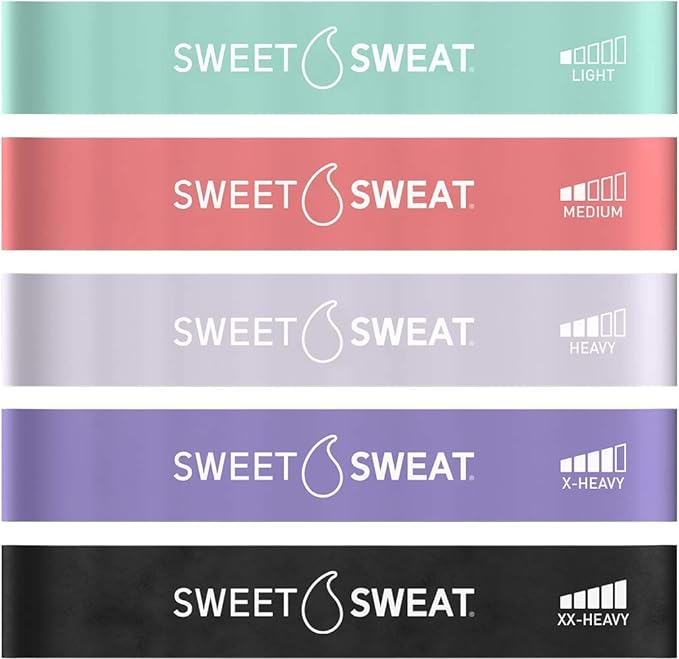
Here, both product photos are good but the product on the left includes someone actually using the product which enhances my understanding of its use.
In my eyes, lifestyle imagery instantly gives the seller more credibility. Is it warranted, will the product be any different? Probably not but lifestyle imagery calls upon me to imagine myself using the product. It evokes emotion and most important, enhances my shopping experience.

If you give me a better shopping experience up front, I imagine that same experience following me through the complete merchant-customer relationship. Will I get the product in a timely fashion? What happens if I need customer support? How accommodating will they be if I want to return the product?
Why Product Photography is Important for Branding
4.) Images serve as an ambassador to your brand.
Let’s talk about this. You’re probably used to seeing celebrities on television representing a brand. You’re also familiar with the guy at the trade show demonstrating some new product. It could just be the girl at your local liquor store offering a free sample of spirits.
They come in all shapes depending on how creative the company wants to get. The main idea stays the same. Introduce someone to a brand with a positive experience and attach a friendly smiling face to that experience. The goal is to have that person walk away with a positive vibe associated with your brand.
Now, regular people have always served as brand ambassadors as well. This is the best type, there not even paid! They do it freely because they just like your brand. They associate with your brand.
It goes down like this. Friend: “Girl, I love those jeans, where did you get them?” Willing Brand Ambassador: “I just bought these and got an amazing deal, I bought them at (Insert Company).
Now sure, this still happens today but with the advent of social media, the free and willing brand ambassador is suddenly playing a more pivotal role in your business than ever. These people are offering free exposure and sometimes this exposure can go viral! Let’s take a look.
The free and willing Brand Ambassador
Facebook Example:1
Facebook Example:2

In Example 1 the customer talks up a game and calls out some people he wants to play with. The photos are being pulled from the product sale page as the willing brand ambassador simply shared a link to the product they purchased. This is great because there is a link directly to the sale page. The photo is a quality product image but it’s rather boring and too commercial for a social media platform to be engaging.
In Example 2 another customer talks up the same game. In this example, however, the photo is authentic. The willing brand ambassador is taking the extra step to use their own personal photo to represent the product. There is no link and you have no control over either, the link or the image. Still, the message is there and the image commands more attention. Interested parties will have to take the extra step and look the brand or product up.
So what if we could sort of take the best of both examples and combine them, well sort of, this would lead us to Example 3.
Example:3

In this example, the customer shares the link to the product sale page as done in example one. The difference is that when you use Open Graph tags you can take control of how your content is shared to Facebook. This means you can specify the default image.
Use Open Graph tags to take control of how your content is shared to Facebook
Here I suggest fetching a more appropriate lifestyle image that is more fitting when shared to social media. Please note, I made this example up because to my knowledge it is not possible to implement these tags with your product imagery on Amazon. However, the product pages on your own e-commerce website or blog are the perfect grounds for experimenting.
Remember, people consume information so fast today that you need an image that commands attention. You need an image that people want to click and ultimately land on your website. Now, this is all in addition to the obvious.
Once people do land on your website they are going to judge your business and your brand based on its appearance. A big part of that is the Imagery. Are your images clean, well lit, consistent and able to communicate a positive shopping experience? This leads to our next point.
5.) Images Convey your Brands Style.
Done right, the photography representing your brand should reflect a consistent style that conveys the values important to your brand. If you’re trying to create a culture that is fun, vibrant, diverse and forward-thinking the photography should support that.
What’s the mood? Is it positive, optimistic, friendly, open and inviting? Your images should evoke that feeling. Maybe your brand is more serious and you want the virtues of being reliable and efficient to stand out. Again, the imagery needs to speak these adjectives in a visual way.
Actionable Step: Find three adjectives from the list below that either describe your brand, company, culture, or product. Then search Google, Pinterest and Instagram for photos that in your opinion, exemplify these attributes. I sometimes likes to use Google Shopping as well.
What Adjectives Describe your Brand, Company, Culture, or Product?
- Able Adorable Adventurous Appealing Artistic Athletic Attractive
- Beneficial Breathtaking Bright Business-like Busy
- Calm Capable Careful Caring Casual Cheerful Chic Classic Clever Collaborative Colorful Comfortable Conservative Contemporary Convenient Cool Creative Custom Cutting Edge
- Daring Dashing Dazzling Dedicated Delightful Detailed Dramatic Durable Dynamic
- Earthy Eccentric Efficient Elegant Elevated Enchanting Endearing Energetic Ethical Excellent Exciting Experienced Exuberant
- Familiar Fancy Fantastic Fashionable Festive Fierce Flirty Formal Fresh Friendly Fun Functional Futuristic
- Glamorous Graceful
- Hip High-class Honorable
- Imaginative Industrial Informal Innovative Inspiring Intense Inviting
- Low Maintenance Lively Lucrative
- Mainstream Majestic Modern
- Natural Nautical Nifty No-nonsense Nostalgic Novel
- Old One-of-a-kind Organic
- Playful Pleasant Powerful Predictable Professional
- Quaint Quirky
- Radiant Rebellious Relaxing Reliable Retro Revolutionary Ritzy Romantic Royal Rustic
- Safe Secure Serious Silly Sleek Smart Soothing Sophisticated Stable Stimulating Striking Strong Studious Stylish Swanky
- Tasteful Tried-and-true Trustworthy
- Unconventional Unique Upbeat Urban
- Versatile Vintage
- Whimsical Wild Witty Wistful
- Youthful
For Example: Let’s pretend you’re selling handmade baby blankets.
You picked Adorable, Caring and Soothing to represent the connection you want people to have with your brand and product. You would search combinations of adorable baby blankets, caring baby blankets, soothing baby blankets, etc.
I found a photo that I think speaks these qualities. Now the key to branding something like this is to maintain consistency across all future baby blankets. Shoot them this exact way, using the same lighting, composition, exposure settings, lens, background, pillows and basket. The only thing that should change is the product and perhaps the baby modeling the blanket.
Everything else should stay the same. This creates brand recognition. Maybe your next blanket is a different color and has giraffes on it. Despite being unique product shoppers that are familiar with your previous product imagery will instantly recognize your brand.
On platforms that show products from multiple merchants within one search, think Etsy, shoppers quickly learn your style. They have that “this must be from the same seller as that other one I liked” moment.
Ideally, people that come across your product imagery on different social media channels will instantly recognize your brand, your name by the product image alone. If your photography style is all over the place from product to product, it is harder to build this type of recognition.
If your photography style is all over the place it’s hard to build brand recognition.
That said, it’s completely acceptable to vary it up across unique product lines. For instance, maybe you photograph all animal blankets in this one unique manner but then all sport themed blankets in another. Same thing if you suddenly decide you’re going to expand into other baby products.
Do you think the following 3 products are from the same seller?



Your right, they are from the same seller. The photos aren’t great and you can see minor issues with color representation. The gray background in the images on the left has a yellowish hue. Still, It’s close enough to establish a relationship between the three products.
What about these products, are they from the same seller?
Yes, they are! Even though these crochet patterns are shot on completely different backgrounds the seller is using the same template to showcase these products. If you have photos shot on different backgrounds you can still create brand recognition by following this simple formula. Choose a great photo, use one or two brand colors, use one or two brand fonts, and include your logo or site name.
With the above formula, you can develop a template that is specific for your products. Many sites like Canva.com and PicMonkey.com can help you create great visual templates for your products. Better yet, if you are well versed in photoshop or another graphic application you can create your own unique designs. The key is to remain consistent.
6.) Images build trust in your brand.
Earlier, I talked about imagery providing a competitive edge over the competition and offering a sense of trust. You want your product imagery to be professional, well-lit and offer an accurate representation of the product. The product on a white background is the suggested method.
Once you have that you should be thinking about the supporting imagery. What about offering a photo of someone actually engaged in using the product. This is what we call lifestyle imagery and can be a great compliment to your product photos. This is also, where equating trust to great imagery is a little blurred.
Take the following two photos for example.
The concept here is that it’s coffee time, #coffeetime.
The photo on the left is clearly professional and likely involved some production in its creation. It’s coffee time but it also feels like it’s business time. It is a fine photo and I’m not denying that but it does have a very stock photo vibe associated with it.
The photo on the right, in my opinion, is also a great photo but it has a different feel to it. Yes, it has that amateur imperfect feeling of spontaneity.
I don’t know about you but for me, the one on the right seems to offer me that feeling of authenticity. I feel like these are real people in a moment with the product/concept. In this case, the concept is #coffeetime.
Neither photo is inherently wrong but if I’m reading a blog post I prefer to see photos similar to the one on the right supporting the content. If I’m perusing Instagram these are the images that convey a sense of realness to me. I want to feel like you are a real person, not some faceless production team on a corporate level.
How to make your Brand Relatable
Here are two more examples taken from the Vitamer Instagram account. The product is a Travel Juicer. The Concept, make a fresh smoothie wherever you are in the world. What do you think?
Personally, I believe both are great photos and Vitamer uses both of them on their Instagram social media profile. Again, the photo on the left appears to have more production associated with its creation. Still, even with all the fancy milk splashing around the strawberries, it’s just not all that engaging on a social media platform. Plus, how many times do you want to take a photo of a blender? How exciting can it be?
Enter Photo on right, it has almost 5 times more likes. The concept is simple, “Enjoy your travels with our blender.” Technically, it’s not a difficult photo to achieve. Me and you, we could do it and it resonates with people. It’ especially resonates with people that like to travel and live a healthy lifestyle. One filled with all the fruit and vegetable smoothies one would need on a magnificent adventure.
The bottom line is this. Use your polished product photos for product landing pages. When it comes to social media and your blog relax a little bit and don’t be too polished. Show us who you are and be relatable. Get creative, think conceptual, and just be real!
Why Product Photography is Important for Marketing
7.) Images are Shareable and that’s why they have to be awesome!
I mean I’m just stating the obvious now because hell, entire Social Media networks have sprung up that speak almost entirely in images. Take Pinterest and Instagram, user engagement is very visual-oriented. The stronger your images across these platforms, the more likely they are to spread.
We already hashed this out earlier when we talked about images serving as an ambassador to your brand and the power of social media. You know all those pins, shares, tweets and reposts are all a big deal right. I mean they are huge for growing your brand and increasing sales.
I was reading an article on Sprout Social that cited a study by the digital marketing agency ODM Group. The study indicated that 74% of consumers rely on social networks to guide purchase decisions. https://sproutsocial.com/insights/social-networks-influence-buying-decisions/
74% of consumers rely on social networks to guide purchase decisions.
My Facebook Litterbox Post
A couple of weeks ago, I used Facebook to post a photo of my cat’s litterbox on my niece’s wall. She had inquired about it when she was over to the house one day and I told her I would just send her the link to this box.
I had picked the litter box up on Amazon so I went to the Amazon product page, grabbed the link and posted it to her wall. Of course, being an Amazon Affiliate I figured why not use my affiliate link.
As Facebook does, it grabbed the image as well. Now, this is where the magic happened. Within minutes, another person commented about having the same litterbox and loving it. It garnered a little more attention, a few likes and then fizzled out.
However, because it was an Amazon affiliate link I was able to see what actually happened. In total three people actually ended up purchasing the very same litter box from my link within the next 24 hours.
Now, my real intention was not to make a bunch of sales on this litter box. It was to provide information to my niece. Still, at least two others besides my niece decided to make the purchase as well. This type of genuine interaction (without affiliate links) happens across social media all the time. It’s just not always trackable.
The Magnificent Giant Litter Pan for Cats
Now here is the litter box in question.
Yes, that is an affiliate link if you want to help support this blog. Your kitty will be happy and your floor will look nice too! OK, seriously though, the image is not amazing or anything but it’s bright, well lit and shows the product in a clean simple manner.
Now imagine if the image pulled were more like this.

Do you think the quality of this image is off-putting? Would you even bother to engage with this post? What if the post had no image and was just a block of text and a link?
Facebook posts with images garner 37% more engagement than posts without images.
According to the post “six powerful reasons why you should include images in your marketing infographic” at https://www.jeffbullas.com/6-powerful-reasons-why-you-should-include-images-in-your-marketing-infographic/ Facebook posts with images garner 37% more engagement than posts without images. That’s kind of a big deal!
Do you need another example of how you can garner more attention through shareable images? OK, what about your blog post. Many websites are really smart and include ready-made images to pin to Pinterest. These even include a text overlay of the blog post title. Take this post for example. The below images are found at the end of this post with a call to action, “Pin these to Pinterest.”

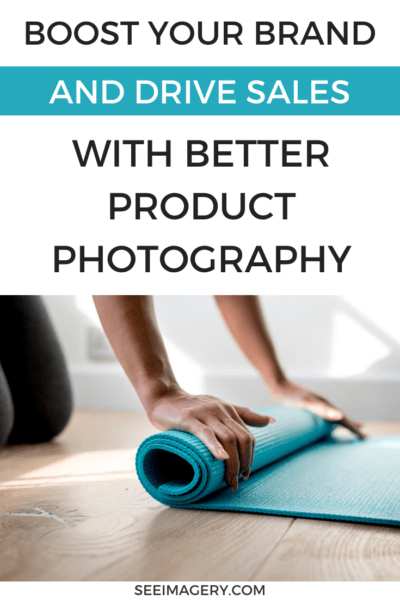
The goal, I want to make it so easy for you to share that you almost feel called into action at the end of the post. It’s like I laid out your gym clothes for you in the morning, now you have to go!
8.) Images are SEO friendly.
You probably already know that search engines not only crawl the text on your blog posts but also your images. Your images should always be relevant and match the surrounding text. This is a good time to review how to make your images SEO friendly.
First, make sure you are giving your images the proper file name. So, instead of DSC001.jpg your file should be named something descriptive like handmade-wild-horse-jasper-bracelet.jpg. This is a common mistake and if you don’t believe me just go over to google image search and search DSC001.jpg. Just wow!
Second, scale your images down to the appropriate size. Sure, Images are SEO friendly but only if you make them that way. If you are using an image that is 3000×2000 only to display it at 300×200 then the file is going to bog down your site. Not only are you relying on the browser to resize your image but also the entire large file has to be loaded. Google does not like slow websites.
So make sure you resize your image to the size you plan to use. WordPress can help with this as it automatically creates multiple copies of your image in different sizes.
Third, make sure your compress your scaled image. Some people prefer to use 100% quality images but I find saving my images from Adobe Lightroom at 74% image quality is more than adequate.
Lightroom Image Quality 100 vs 74


Looking at the two images above you can barely see a difference in quality but the file size is reduced from 1.02MB to 453KB. That’s like half the size and that’s pretty significant when your dealing with a lot of images. Lets get crazy and try to go even further.
Lightroom Image Quality 100 vs 10


Wow, now weve taken the file size from 1.02MB to 150KB! A drastic difference but the change in quality is so noticable that I personally couldn’t make this leap. I’ll probably stick with 74 but I think you will be pressed to find a discernible difference in quality for any setting above 65.
You can also further reduce the file size by removing EXIF data from the file. EXIF data is additional information stored in the file that can include everything from what lens you used, your camera settings, location, and much more. This information increases the file size.
If you are not using a complete editing and photo management program like Lightroom you can still compress and reduce file size using programs like ImageOptim. Many WordPress plugins such as EWWW Image Optimizer will also do this for you automatically upon uploading photos.
Fourth, always give your image a Title and don’t forget to fill out the Alt text. The Alt text should tell the visitor what the image is about if for any reason it can’t be displayed. In addition, a caption doesn’t hurt where appropriate.
Captions help people quickly scan your page.
Captions help people quickly scan your page and I know personally that I will often read captions to get an idea of what an article is about. If the caption engages me, I will then delve deeper into the actual body copy. I’m sure I’m not the only one who does this.
I think the bottom line here is that if you can provide textual information about your image and help search engines understand what your image is about then you should. We all might find your images visually stunning but your photo descriptions are the only thing a search engine sees.
Filling out Image Metadata in WordPress
9.) Images Capture Attention.
We previously talked about that study that found Facebook posts with images foster 37% more engagement than posts without images. Images are a big deal, not just for your website and social media but also for every visual marketing campaign employed.
All your creatives, adverts, product inserts, and such rely on attention-grabbing images that stop customers in their tracks. Sure, words are important too but images combined with text are a great way to enhance communication.
Speaking of communication, did you know you can not only capture attention but also direct attention based on how you use your images. Let’s take a look at the two examples below.
Using Images to Direct Attention.


Hover over the Photo


Most Images have direction or a place where the viewers gaze will tend to travel. We call these site lines and you should try to place your text where these site lines are pointing. Realize, this is not just true for your adverts you create but also the very body of your blog posts.
Take the photo to the left. The site lines of this photo are pointing away from the text. Does it feel a little odd? Hover over the photo. What about now, does that look better?
Not all images have people looking to the left or right to provide obvious site lines but most times you can still determine a flow to the image. Let’s take a look at a few examples.




OK, this post has sort of got away from me. I really hope you guys found some of the information here helpful. I look forward to your comments and hearing what you have to say about product photography.
Join the Tribe
Want to join an amazing tribe of photographers, artists, and other creatives? Want more NFT Tips? Check out our Facebook group, NFT Photography Community. The Goal: Let’s just all help each other out!
Also, don’t forget to jump on the email list to get some free Photoshop Overlays and my “very occasional” email. I want to talk with you about inspiration, photography, blogging and just staying motivated.
Share these Pins to Pinterest
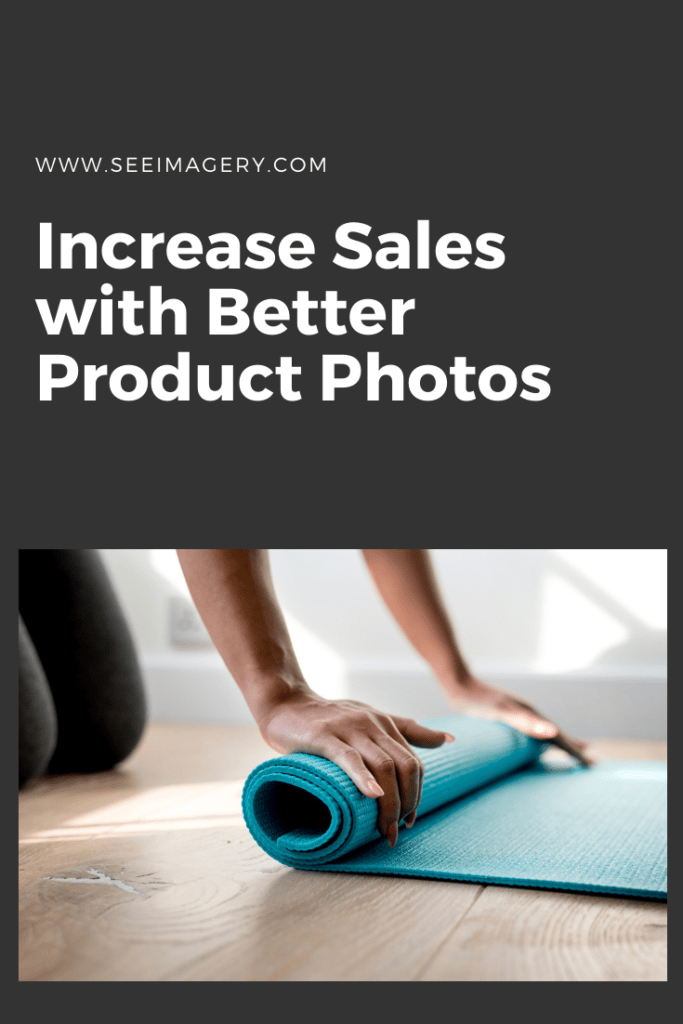








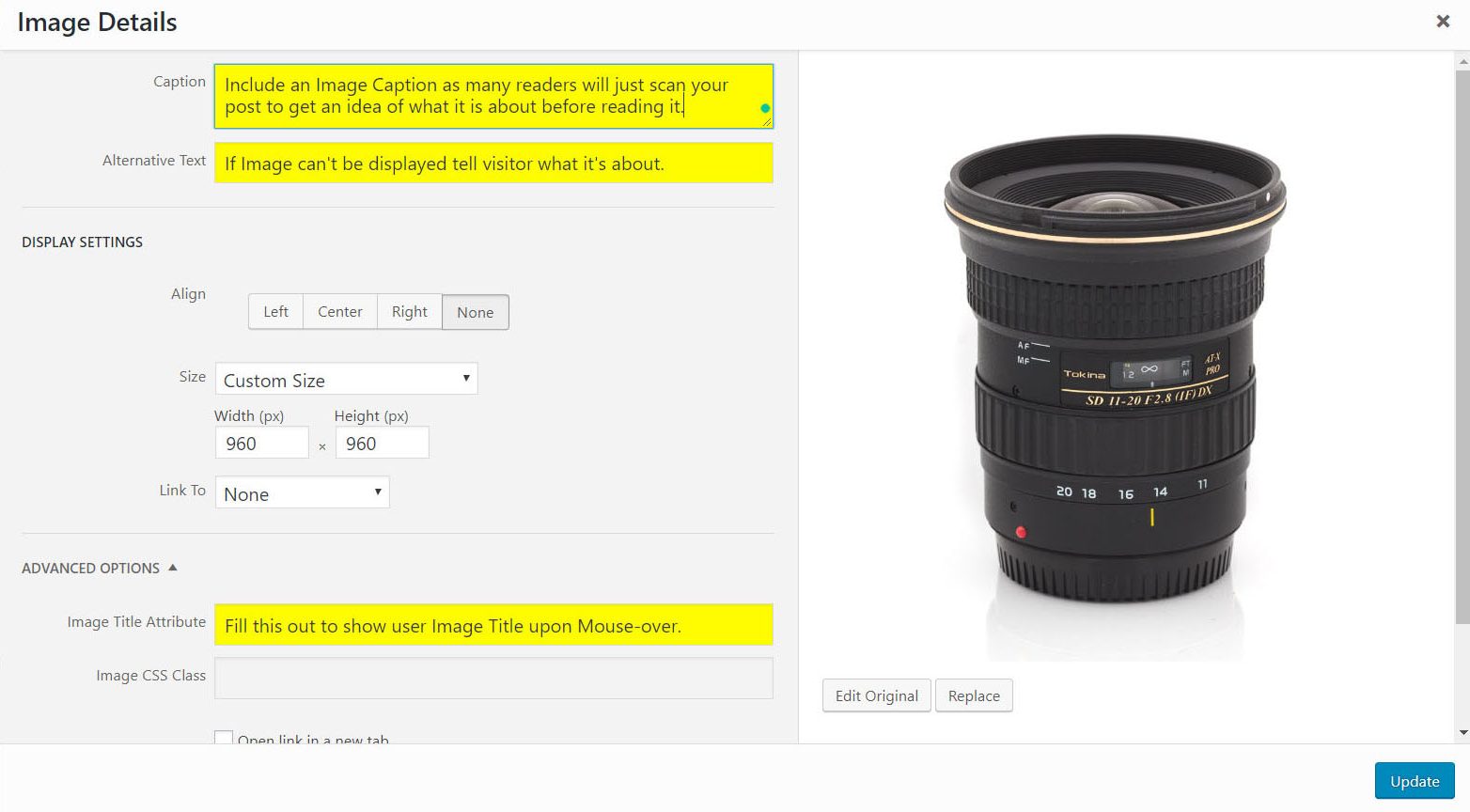



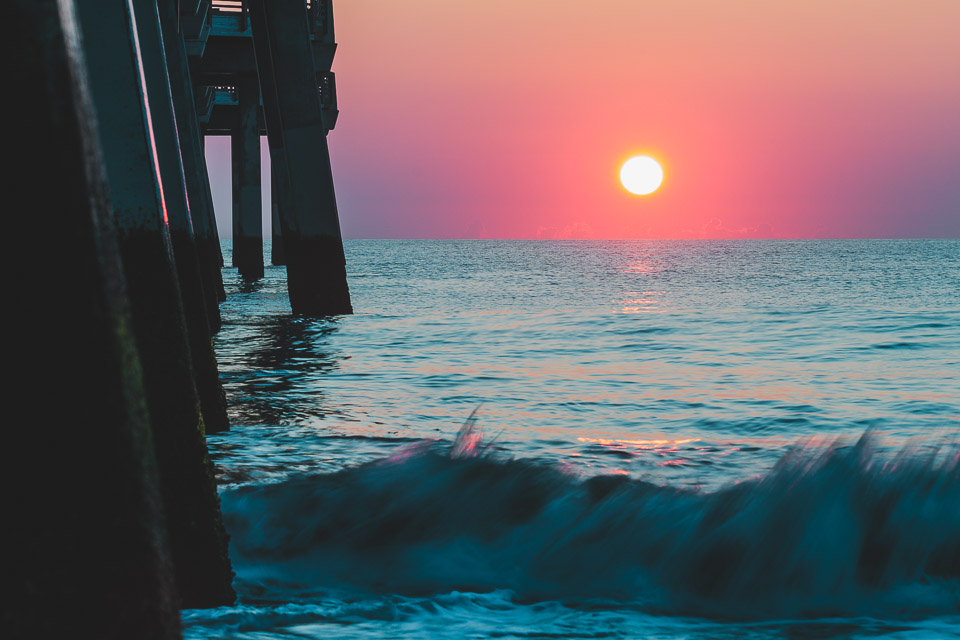


Leave A Comment